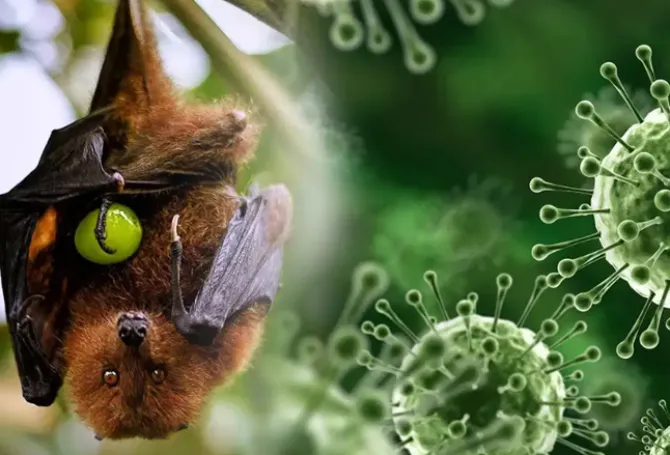MDD in PA – By the Numbers
The annual report compiled by America’s Health Rankings (United Health Foundation) has generated interesting findings. According to the numbers, a high incidence of depression is evident in the US, at 19.5% of the population. The healthiest state in the country, and also the furthest away is Hawaii at 12.7%. The state with the highest depression numbers is West Virginia at 26.4%. According to the diagnostic criteria, depression is a broad-ranging term encompassing many different forms of depressive disorders, notably dysthymia, depression, and major depression. Individuals have to be informed by a professional healthcare worker (LMHC, psychologist, MD, or nurse practitioner et al) that they have a confirmed diagnosis of depression.
Studies suggest that populations at higher risk of developing depressive disorders include females, African-American adults, Caucasians, and Hispanic individuals (more so than Asian adults). Additionally, depression tends to have a higher prevalence among low-income households as opposed to high-income households. The latest statistical analyses were compiled by the CDC (Behavioral Risk Factor Surveillance System, 2020). Depression is primarily a mental health condition that is debilitating, and overwhelming. It pervades all aspects of an individual’s life, making interpersonal relationships difficult, degrading work, academic, and social activity, and generally resulting in a gloomy outlook on life.
Many factors contribute to depression, such as physiological elements, biological factors, environmental considerations, and genetic predispositions. Regardless, the effects of depression are evident. These typically manifest in fatigue, despair, irritability, apathy, and rapid deterioration in overall health. People who have been diagnosed with MDD are particularly at risk, given that they tend to harbor suicidal thoughts and tendencies. Major Depressive Disorder treatment includes a cocktail of options such as medication, therapy, and FDA-cleared Deep TMS™. Pennsylvania is associated with increasing numbers of depression from year to year.
For example, in 2011 the incidence of depression across Pennsylvania was measured at 19.3%. By 2012, it dropped to 18.0%, rose to 18.3% in 2013, rose again to 18.9% in 2014, and dropped to 18.5% in 2015. By 2016, depression trends in Pennsylvania showed an uptick, rising to 18.7%, and up to 19.6% in 2017. By 2018 depression reached a multi-year high in Pennsylvania at 21.6%. Since then it has tapered off and flattened around the 20% mark as of 2020. Compared to the US average, depression in Pennsylvania for 2020 as a percentage of adults is 20.2% and the US average is 19.5%.
These statistics represent the percentage of adults (18+) who were told that they have a depressive disorder, by a healthcare professional. Depression trends tend to reflect higher numbers with the 18-44-year-old age group than the 45-64-year-old age group, and the 65+-year-old age group. Consider 2020 figures in Pennsylvania as posted by America’s Health Rankings*:
- 18-44-year-old age group – 24.2%
- 45 – 64-year-old age group – 19.2%
- 65+-year-old age group – 14.7%
There are also notable trends vis-a-vis race and ethnicity, with 2020 presenting some startling findings:
- Multiracial adults – 32.9%
- Hispanic adults – 29.7%
- White adults – 19.9%
- African-American adults – 18.8%
Between 2019 and 2020, there has been a rapid increase in the number of Hispanic and multiracial adults being treated for or being diagnosed with depression, up from 21.2% and 27.7% respectively. African-Americans and Caucasians reported similar figures of around 20% between 2019 and 2020. Females tend to be diagnosed much more frequently than males with depression. For 2020, the incidences of depression in females were reported at 26.1%, while males reported a depression rate of just 14%. Further analysis reveals that females tend to seek a diagnosis and treatment more readily than males do.
Another interesting demographic which tends to show startling differences in depression incidences is education. In Pennsylvania, those adults with less than a high school diploma had the highest incidence of reported depression for 2020, at 30.9%. High school graduates have a 19.2% incidence of depression, adults with some college education have a 24.3% incidence of depression, while college graduates have the lowest incidence of depression at 14.5%. Alongside education is income levels. The two go hand-in-hand.
Individuals earning less than $25,000 a year tend to struggle with depression owing to life circumstances, and the pressures associated with low income. In 2020, individuals earning less than $25,000 had a depression rate of 32.1%. Those earning under $50,000 had a depression rate of 22.3%, while those earning between $50,000 and under $75,000 had a depression rate of 17.7%. Individuals earning more than $75,000 annually reported in at 14.6%. Education and income are closely correlated, and so is depression. Females tend to represent disproportionately in the spectrum, but fewer men seek treatment for depression-like symptoms*.


